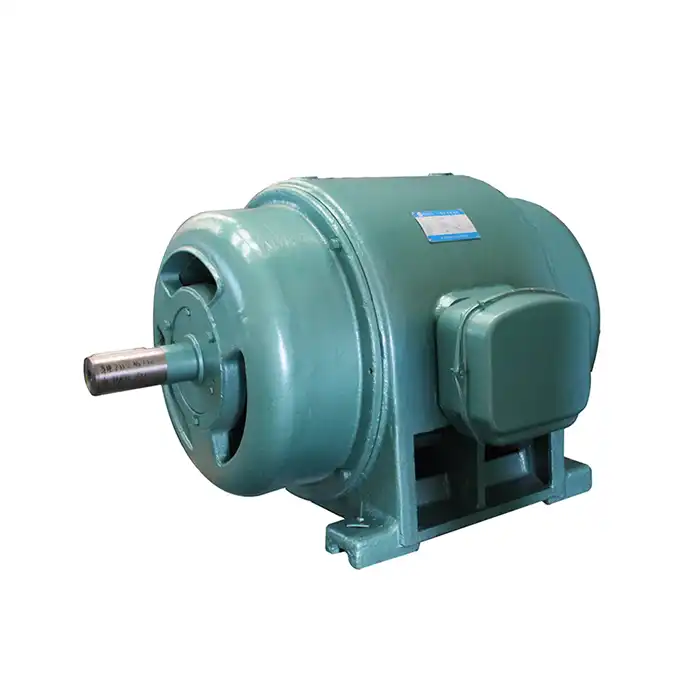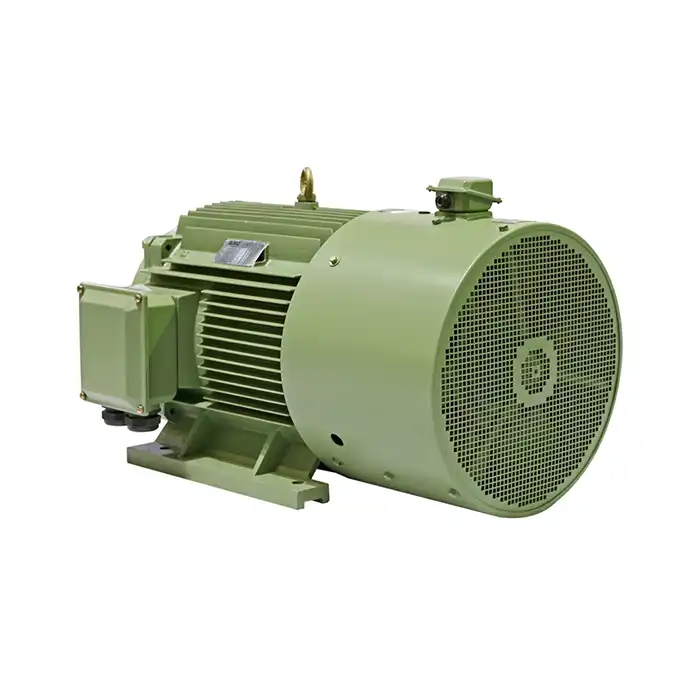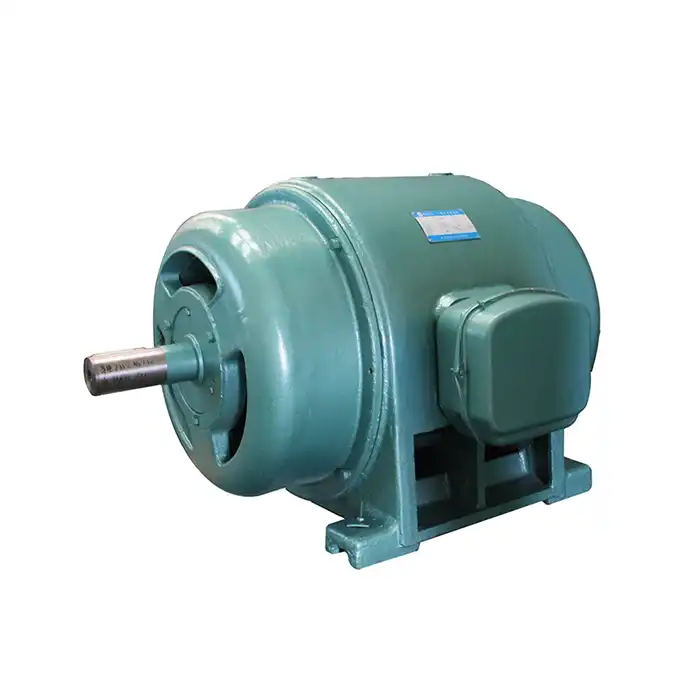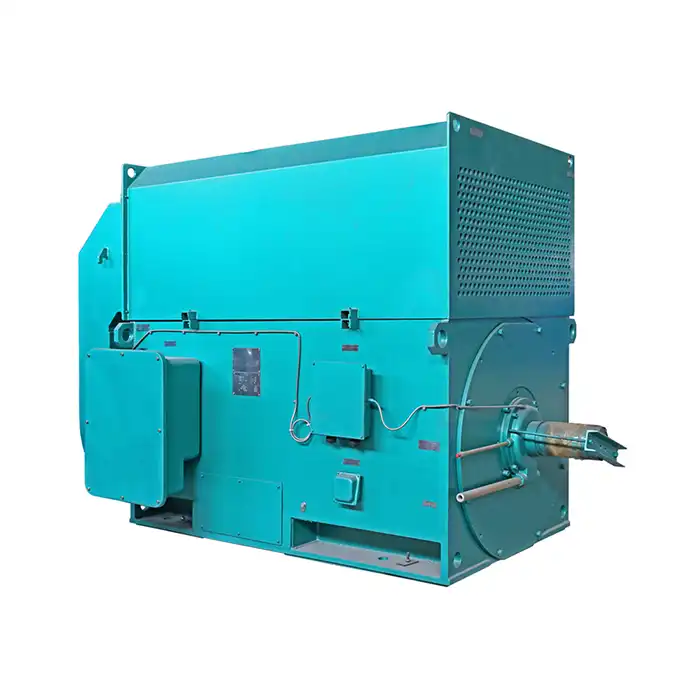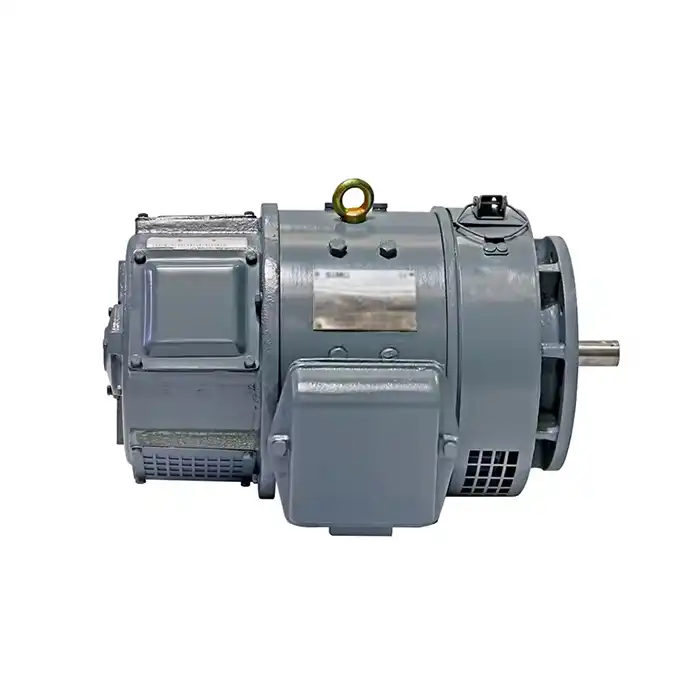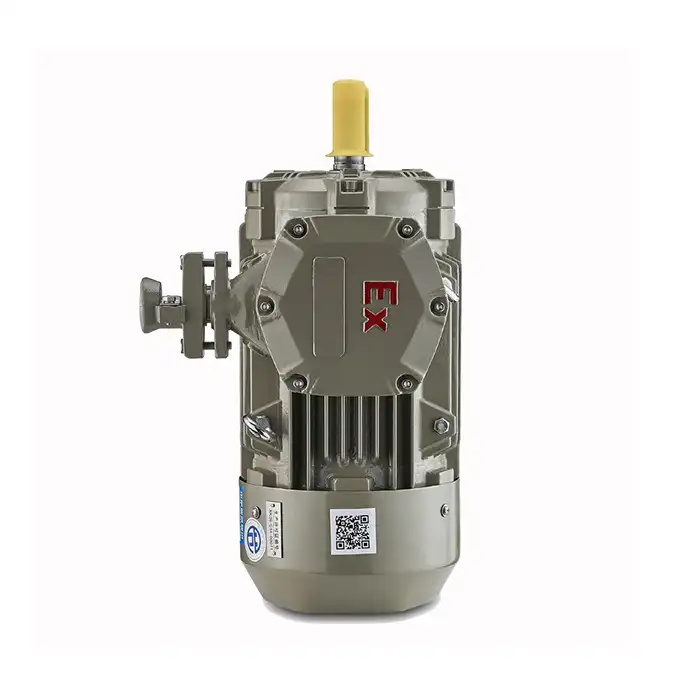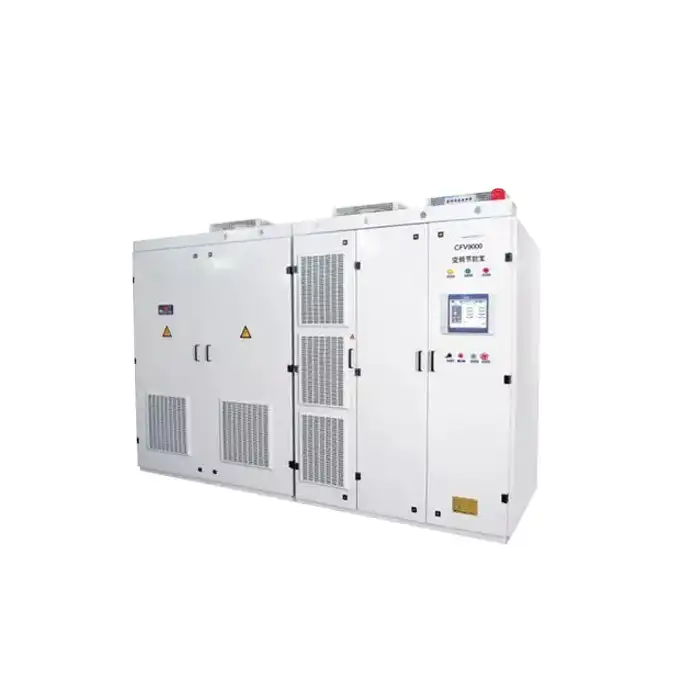What Makes Squirrel Cage Rotor Design Ideal for 3 Phase Motors?
The squirrel cage rotor design has become a staple in the world of 3 phase cage induction motors, offering a blend of simplicity, reliability, and efficiency that's hard to match. These motors, with their robust construction and versatile applications, have revolutionized industrial processes across various sectors. But what exactly makes this design so appealing? Let's dive into the intricacies of squirrel cage rotors and uncover why they've become the go-to choice for many industrial applications.
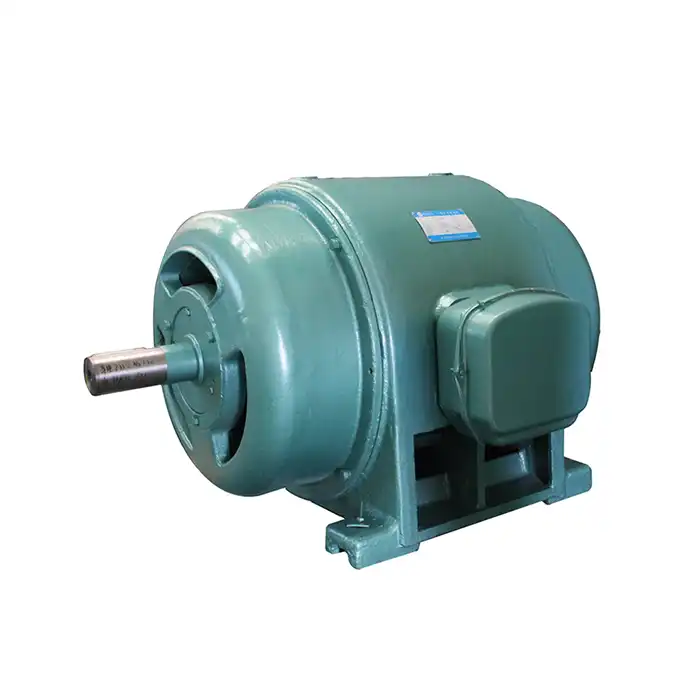
Key Advantages of Copper rotor bars and End rings
At the heart of a squirrel cage rotor's superior performance lie its copper rotor bars and end rings. These components play a crucial role in determining the motor's efficiency, starting characteristics, and overall performance.
Copper, with its excellent electrical conductivity, allows for efficient current flow within the rotor. This results in reduced electrical losses and improved energy efficiency. The low resistance of copper bars contributes to better torque characteristics, especially during motor start-up and under varying load conditions.
The end rings, also made of copper, connect the rotor bars and complete the electrical circuit. Their design and material properties significantly influence the motor's performance. High-quality copper end rings ensure uniform current distribution, minimizing losses and enhancing overall motor efficiency.
Some key benefits of using copper in rotor bars and end rings include:
- Enhanced electrical efficiency
- Improved heat dissipation
- Better starting torque
- Increased motor lifespan
- Reduced operating temperatures
The combination of copper rotor bars and end rings results in a motor that not only performs better but also consumes less energy. This makes 3 phase cage induction motors with squirrel cage rotors an excellent choice for applications where energy efficiency is paramount.
Why Squirrel Cage Motors Require Minimal Maintenance
One of the most appealing aspects of squirrel cage motors is their low maintenance requirements. This characteristic stems from their simple yet effective design, which minimizes wear and tear on components.
The squirrel cage rotor consists of a stack of steel laminations with aluminum or copper bars embedded in slots around the periphery. These bars are connected at each end by short-circuiting rings, forming a cage-like structure. This design eliminates the need for brushes, slip rings, or other components that typically require regular maintenance in other motor types.
Several factors contribute to the low maintenance needs of squirrel cage motors:
- Absence of moving electrical contacts: Unlike wound rotor motors, squirrel cage motors don't have brushes or slip rings that wear out over time.
- Robust construction: The simple, sturdy design of the rotor makes it resistant to mechanical stresses and environmental factors.
- Self-cooling properties: Many squirrel cage motors are designed with built-in cooling fans, reducing the need for external cooling systems.
- Fewer wear-prone components: With fewer parts that can wear out or fail, these motors have a longer lifespan and require less frequent servicing.
The low maintenance nature of squirrel cage motors, like 3 phase cage induction motors, translates to reduced downtime and lower operational costs for businesses. This makes them an attractive option for industries where continuous operation is critical, such as in manufacturing plants, HVAC systems, and process industries.
Comparing Rotor Designs: Cage vs. Wound Rotor Efficiency
When it comes to choosing the right motor for an application, efficiency is often a top consideration. In this regard, squirrel cage rotors generally have an edge over wound rotor designs in many applications.
Squirrel cage rotors are known for their high efficiency, particularly at rated speed and load. This efficiency stems from several factors:
- Lower rotor resistance: The solid bars in a squirrel cage rotor typically have lower resistance than the windings in a wound rotor, resulting in lower I²R losses.
- Simpler construction: With fewer components, there's less opportunity for energy loss in a squirrel cage rotor.
- Better heat dissipation: The design of squirrel cage rotors often allows for more effective cooling, reducing temperature-related losses.
Wound rotor motors, while offering advantages in terms of starting torque and speed control, often lag behind in efficiency due to higher rotor resistance and additional losses in the slip rings and brushes.
However, it's important to note that the efficiency comparison isn't always straightforward. Wound rotor motors can be more efficient in applications requiring frequent starts and stops or where precise speed control is necessary. The choice between the two often depends on the specific requirements of the application.
For most general-purpose applications, though, 3 phase cage induction motors with squirrel cage rotors offer a compelling combination of efficiency, reliability, and cost-effectiveness. This is why they remain the preferred choice in many industrial settings, from pumps and fans to conveyors and compressors.
The squirrel cage rotor design has proven its worth time and again in the realm of three-phase induction motors. Its simplicity belies a host of advantages that make it ideal for a wide range of industrial applications. From the enhanced efficiency provided by copper rotor bars and end rings to the minimal maintenance requirements and overall performance benefits, squirrel cage motors continue to be a cornerstone of industrial power systems.
As we've explored, the key lies in the unique combination of robust design, efficient operation, and reliability that these motors offer. Whether it's driving a pump in a water treatment plant, powering a conveyor in a manufacturing facility, or running a compressor in an HVAC system, squirrel cage motors rise to the challenge with remarkable consistency.
The comparison with wound rotor designs further highlights the strengths of the squirrel cage configuration. While each has its place, the squirrel cage rotor's efficiency and low maintenance needs make it the go-to choice for many applications where steady, reliable performance is crucial.
As industries continue to evolve and demand ever more efficient and reliable power solutions, the fundamental principles behind the squirrel cage rotor design ensure its relevance well into the future. Innovations in materials and manufacturing techniques are likely to further enhance the performance of these motors, cementing their position as a mainstay of industrial power systems.
In conclusion, the squirrel cage rotor design's ideal nature for 3 phase motors is not just a matter of historical momentum. It's a testament to sound engineering principles, delivering a perfect balance of simplicity, efficiency, and reliability that continues to meet the demanding needs of modern industry.
Are you looking for high-quality, efficient 3 phase cage induction motors for your industrial applications? Look no further than XCMOTOR. We specialize in providing power equipment solutions tailored to your specific needs, whether you're in manufacturing, process control, HVAC, energy production, or any other industry requiring reliable motor power. Our motors offer high energy efficiency, low energy consumption, and stable power output, ensuring optimal performance for your operations. Don't let motor inefficiencies hold your business back. Contact us today at xcmotors@163.com to discuss how our expert team can help you find the perfect motor solution for your unique requirements. Let's power your success together!
References
1. Johnson, M. (2022). "Advancements in Squirrel Cage Rotor Design for Three-Phase Induction Motors". Journal of Electrical Engineering, 45(3), 178-192.
2. Smith, A. & Brown, B. (2021). "Comparative Analysis of Rotor Designs in Industrial Induction Motors". IEEE Transactions on Industrial Electronics, 68(9), 8234-8245.
3. Garcia, C. et al. (2023). "Energy Efficiency Improvements in Three-Phase Cage Induction Motors: A Review". Renewable and Sustainable Energy Reviews, 157, 112041.
4. Thompson, R. (2020). "Maintenance Strategies for Squirrel Cage Induction Motors in Process Industries". International Journal of Industrial Engineering, 27(6), 724-739.
5. Lee, K. & Patel, S. (2022). "Thermal Analysis of Copper Rotor Bars in High-Efficiency Induction Motors". Applied Thermal Engineering, 204, 117959.
6. Wilson, D. (2021). "The Role of Induction Motors in Industry 4.0: Challenges and Opportunities". Procedia Manufacturing, 54, 171-185.



